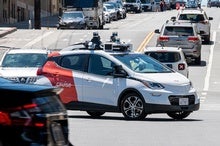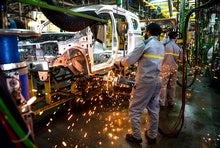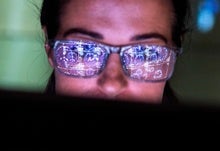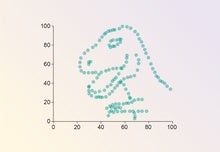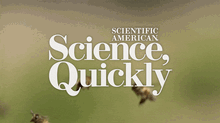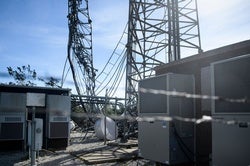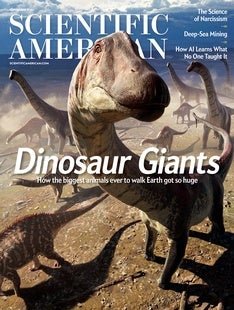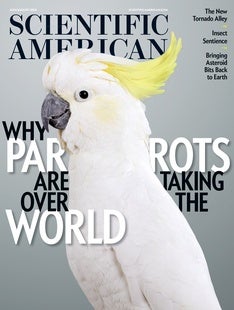 |
| September 12, 2023 |
During a disaster like a wildfire or hurricane, telecommunication enables residents to stay in touch with each other and receive emergency updates so they know when and how to evacuate. But that lifesaving connectivity is often disrupted when storms sweep through. This week's lead story is about how to keep people informed when they need it most. Read more below. |
| | Sophie Bushwick, Associate Editor, Technology
| |
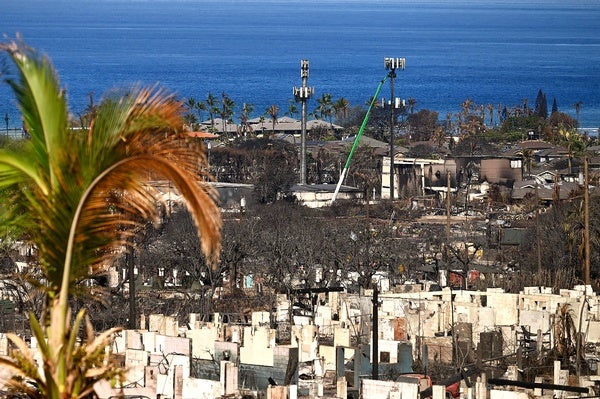 |
| |
| |
| |
| |
| |
| |
| |
| |
| |
| QUOTE OF THE DAY
 "The sleek integration of various apps into a larger [superapp] ecosystem may provide convenience, but these are still apps concerned with extracting as much as they can out of each one of us either by labor exploitation or endless commodification." Edward Ongweso Jr., Wired | |
FROM THE ARCHIVE
 | | | |
LATEST ISSUES
 |
| |
| Questions? Comments?  | |
| Download the Scientific American App |
| |
| |




